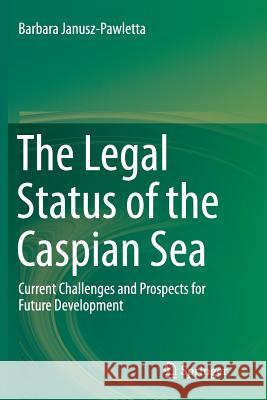The Legal Status of the Caspian Sea: Current Challenges and Prospects for Future Development » książka
topmenu
The Legal Status of the Caspian Sea: Current Challenges and Prospects for Future Development
ISBN-13: 9783662523636 / Angielski / Miękka / 2016 / 188 str.
The Legal Status of the Caspian Sea: Current Challenges and Prospects for Future Development
ISBN-13: 9783662523636 / Angielski / Miękka / 2016 / 188 str.
cena 322,77
(netto: 307,40 VAT: 5%)
Najniższa cena z 30 dni: 308,41
(netto: 307,40 VAT: 5%)
Najniższa cena z 30 dni: 308,41
Termin realizacji zamówienia:
ok. 22 dni roboczych
Bez gwarancji dostawy przed świętami
ok. 22 dni roboczych
Bez gwarancji dostawy przed świętami
Darmowa dostawa!
Kategorie:
Kategorie BISAC:
Wydawca:
Springer
Język:
Angielski
ISBN-13:
9783662523636
Rok wydania:
2016
Wydanie:
Softcover Repri
Ilość stron:
188
Waga:
0.30 kg
Wymiary:
23.5 x 15.5
Oprawa:
Miękka
Wolumenów:
01
Dodatkowe informacje:
Wydanie ilustrowane











